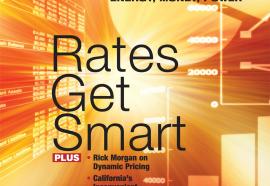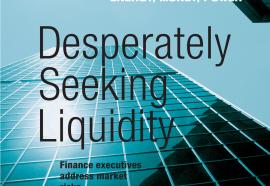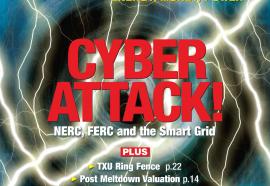Betting on Shale
Will unconventional gas assure plentiful supplies?
At the moment, the United States is experiencing a glut of natural gas with record underground gas storage inventories and prices around $4/MMBtu, which serves to underscore the new thinking about U.S. natural gas supply—i.e., future gas supplies might be less constrained than earlier studies suggested they would. Given the speed with which the expectations for U.S. natural gas have changed, it’s reasonable to ask how solid is this new thinking about U.S. natural gas supply and what should the role of natural gas be in meeting our long-term energy needs in a carbon-constrained economy?










